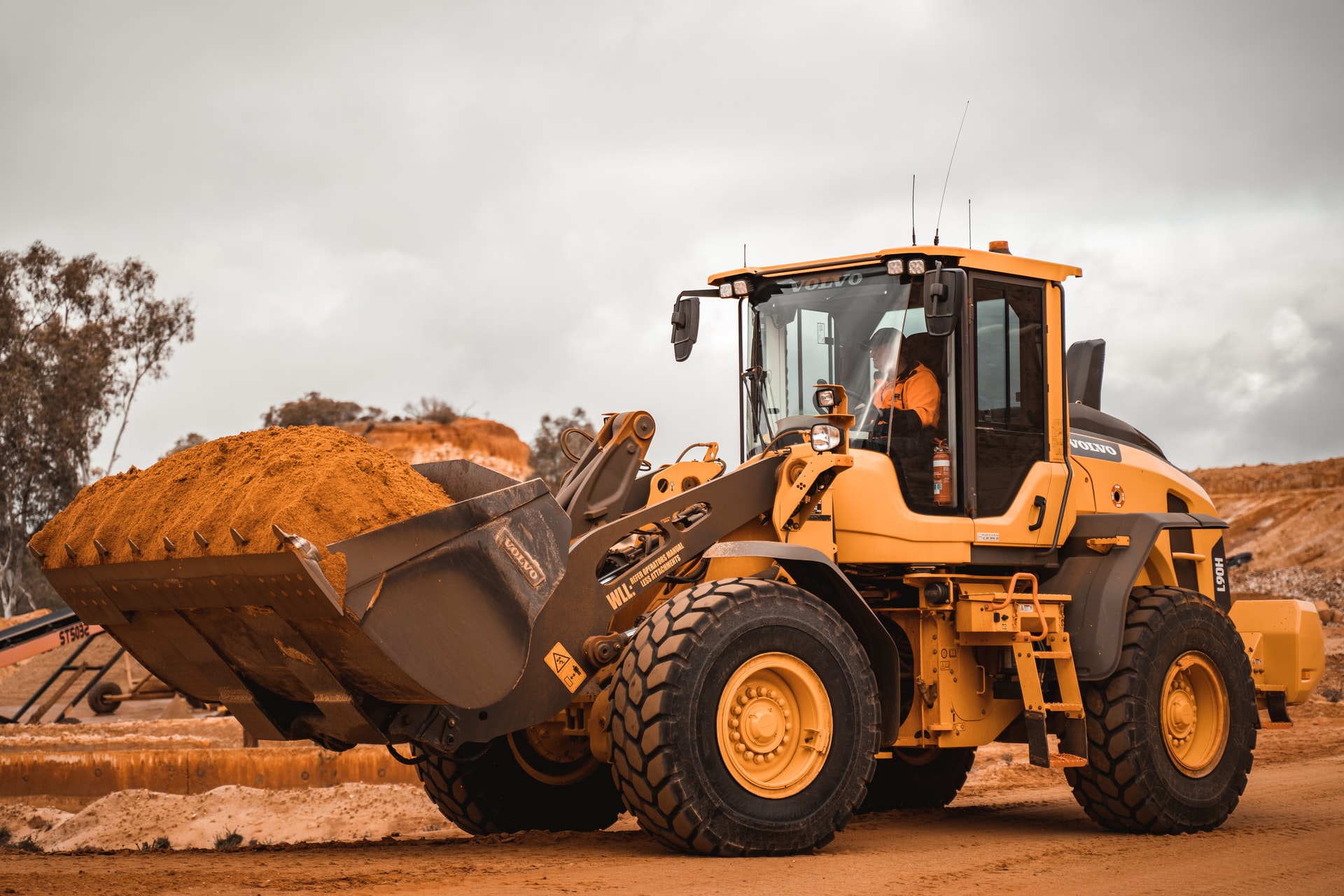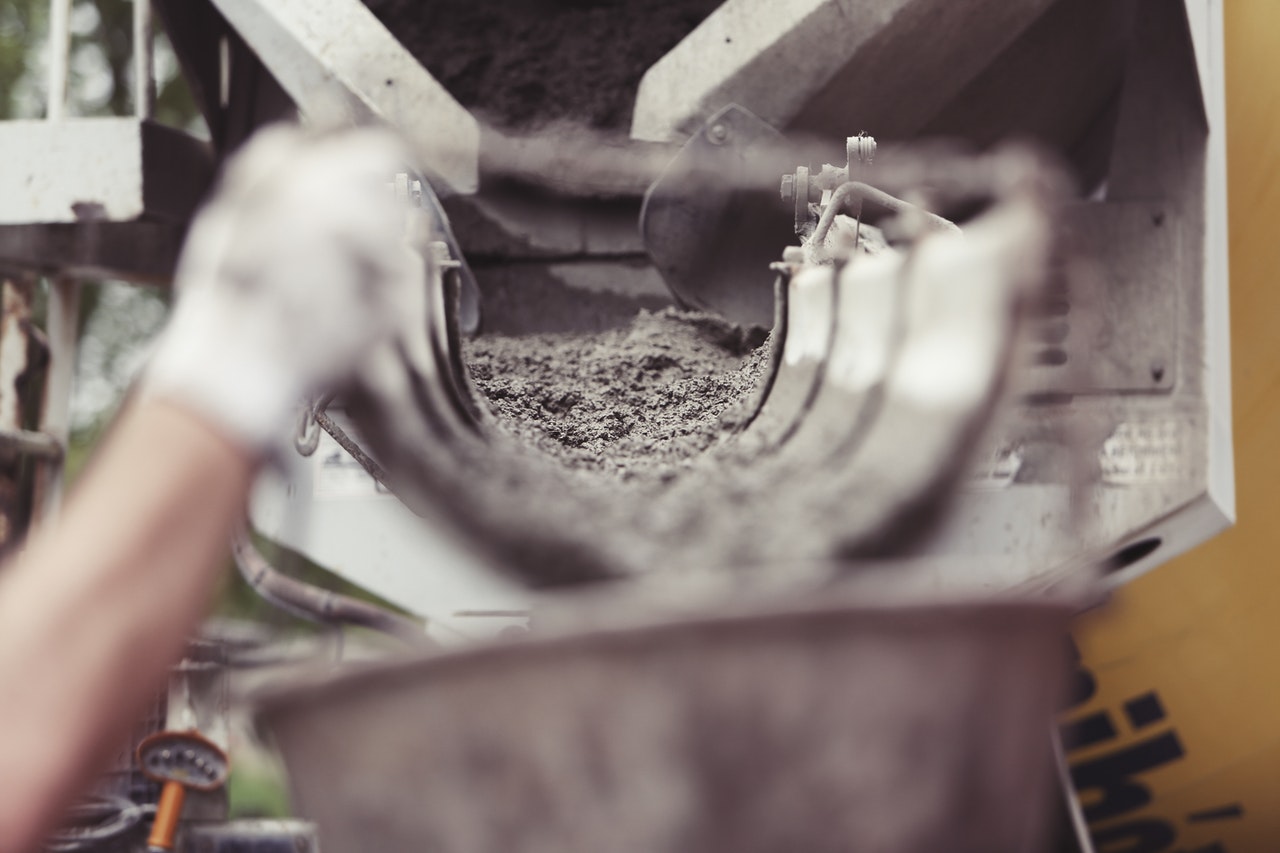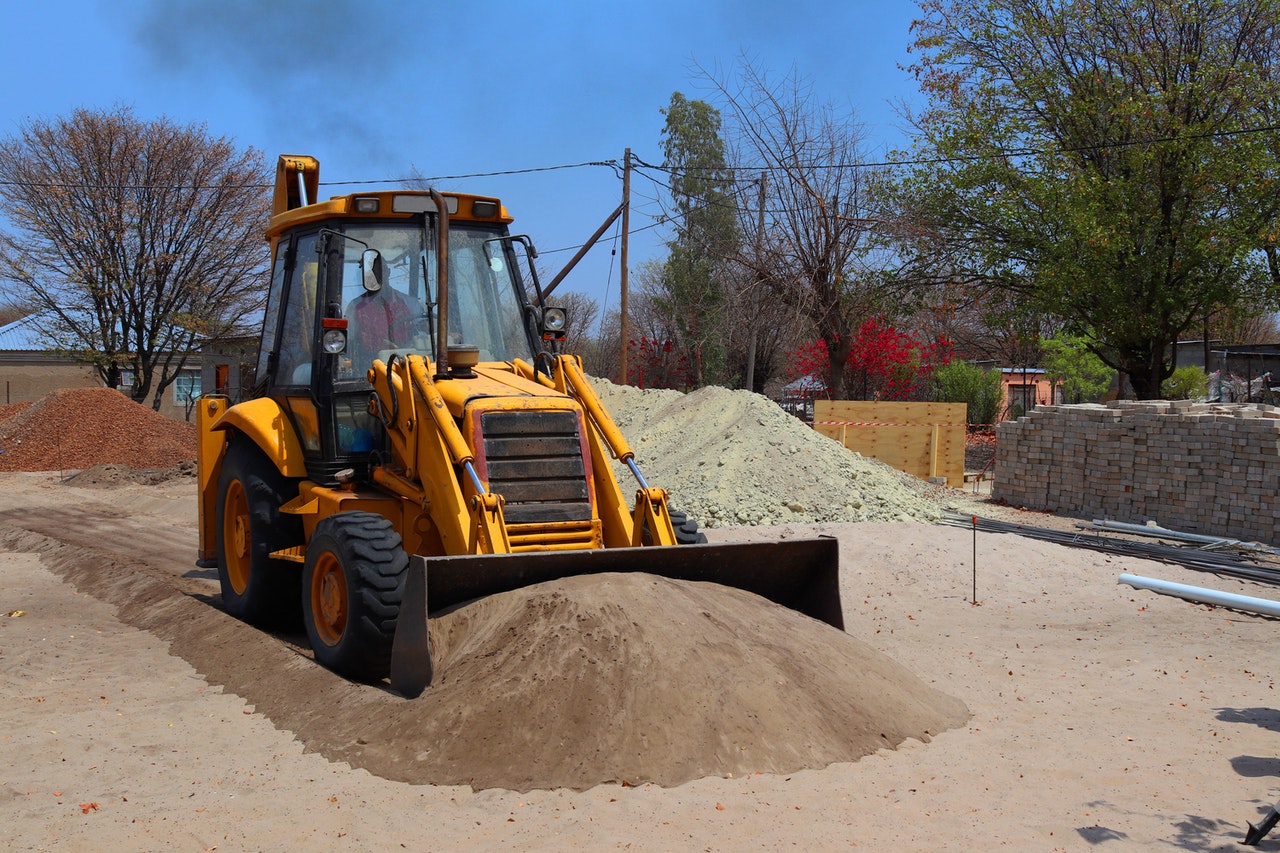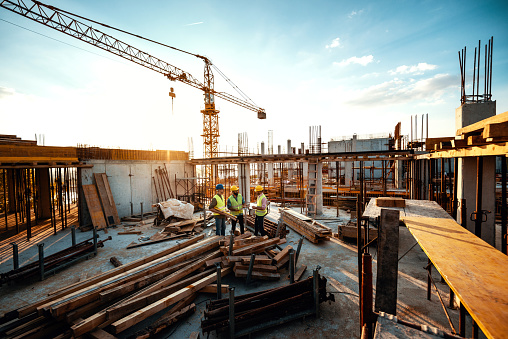
A raft foundation is a type of shallow foundation, designed to distribute the structural weight over more bearing soil.
The main advantage of raft foundations is that they can spread out their weight due to the cohesion and friction provided by clay soil under wet conditions. The clay soil resists deformation and absorbs more energy than granular soils, cushioning and slowing down the load on top of it. Other advantages include:

• Minimal disruption to gardens and landscaping – Raft foundations are only a few inches thick and require almost no excavation, which means that there is very little damage to any landscaping.
• They don’t need footings
• They can be used for basements or slabs – In contrast to other types of foundations rafts can be used both for basement slabs or full slab-on-grade slabs because they have the ability to let water drain from underneath so they aren’t affected by moisture in the ground.
• They work well in areas with high water tables or against poor drainage soils, like peat or fill material
Since rafts do not contact soil on any side the only requirements are that no organic materials (tree roots) can grow up to them and they cannot be placed over old pilings, stumps, etc.
• The raft foundation is a popular option in areas where there are large trees nearby, to ensure that roots are not an issue.
• Raft foundations are used for slabs-on grade applications, allowing the slab to provide lateral support for the footing.

They should only be used if other pilings cannot be driven or drilled into stable soil.
Raft foundations can also be installed to create garages with floors above them providing extra storage space under the building. This is done by excavating down to bedrock, pouring a bed of gravel, and then filling the excavation with sandbags or precast concrete forms. Then install rebar cages, pour a 2′-3′ thick layer of sandbags or concrete forms on top of the filled area, and place a slab, or as is done with garages, pour a concrete floor over the form structure.
• Raft foundations are designed to transfer building load across short spans of footing.
• If you want to increase the size of your house by adding more columns inside the footprint (i.e., increase its “heaviness”), then raft footings may not be the best idea due to increased costs and a limited weight capacity that they can hold without sinking too far into soft soil.
The most notable application for raft foundations has been in highrise buildings; indeed, today, there are over 1,500 buildings exceeding 6 stories tall using this technology worldwide.
• Raft foundations make it possible for high-rise buildings like Burj Khalifa (Dubai) and Centerpoint (Shanghai) to exist.
Raft Foundation service is a foundation system where generally we spread gravel material instead of concrete foundation slab at ground level and fill it with reinforced steel cage which will be used as the base for our building’s foundation piles.
• Using raft foundations can reduce costs because less steel reinforcement is needed compared with piles. Furthermore, soil improvement activities are not required for this type of foundation, unlike pile foundation.
• companies prefer using this type of foundation because it is easier to construct and takes a short time compared to other foundations.
• Finally, raft foundations can be used in environmentally sensitive areas. This type of foundation does not have any negative effects on the environment since its material is loose-fill and it does not require soil improvement works, unlike pile foundation.


